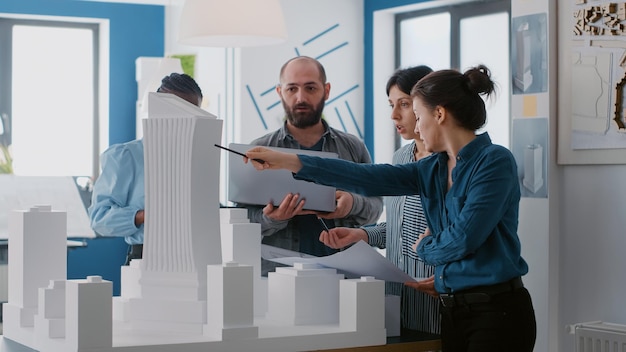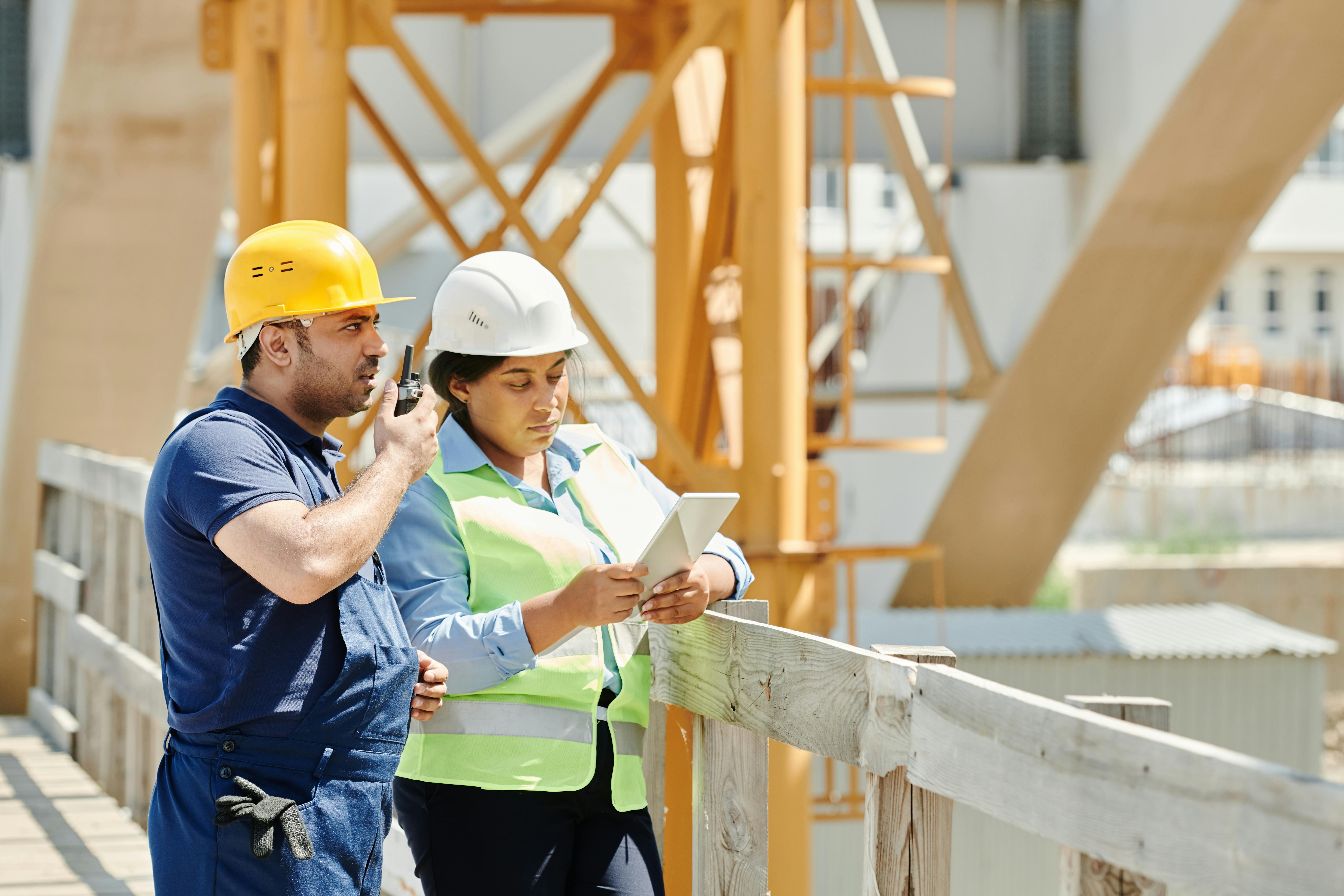Revolutionizing Spaces: The Rise Of Custom Commercial Builders In Modern Architecture
In the dynamic realm of modern architecture, a notable shift is occurring – a departure from conventional, generic designs towards personalized and bespoke ones. This evolution is being spearheaded by the rise of custom commercial builders who are redefining how we perceive and utilize spaces in contemporary business landscapes. In this article, we will delve into the transformative journey of custom commercial building, exploring the innovative approaches, collaborative strategies, and the profound impact these builders are having on the modern architectural landscape.
The Changing Face of Commercial Architecture
Shifting from Conventional to Customized
The conventional approach to commercial architecture often involved selecting designs from pre-existing templates or adapting generic structures to fit specific requirements. However, this one-size-fits-all mentality is gradually becoming obsolete. Businesses today recognize the importance of creating a distinctive identity through their physical spaces. Custom commercial builders are at the forefront of this transformation, offering tailored solutions that go beyond the limitations of conventional designs.

Breaking Away from Cookie-Cutter Designs
One of the primary reasons behind the surge in demand for custom commercial builders is the desire to break away from cookie-cutter designs. Businesses are no longer content with generic office spaces that lack character and fail to reflect the company's brand and ethos. Custom builders collaborate closely with clients, taking into account their unique needs, corporate culture, and branding to create spaces that stand out and make a statement.
The Role of Innovation in Custom Commercial Building
- Technological Advancements: Custom commercial builders leverage technologies like BIM and VR for precise planning and visualization, enhancing the design process.
- Sustainable Practices: Emphasis on eco-friendly materials and green building practices reflects a commitment to environmental responsibility.
- Efficiency through Integration: Breaking down silos between architects, builders, and clients leads to a more integrated and efficient approach to commercial construction.
- Client Collaboration: Involving clients in the design process fosters a sense of ownership and ensures the final product aligns with their unique vision.
- Incorporating Smart Technologies: The integration of smart building technologies enhances the functionality and efficiency of commercial spaces.
- Adaptability to Global Challenges: Resilient design considerations prepare custom commercial buildings for unforeseen challenges, such as climate change and pandemics. Check out this link for more.
The Collaborative Approach
Client Collaboration and Co-Creation
Unlike the traditional top-down approach, custom commercial builders thrive on collaboration and co-creation. They involve clients in the design process, seeking their input and feedback at every stage. This collaborative approach ensures that the final product is not only aesthetically pleasing but also functional and aligned with the client's business objectives. It fosters a sense of ownership and pride among the clients, knowing that their space is a unique reflection of their vision.

Breaking Down Silos
Custom commercial builders are breaking down the silos that traditionally existed between architects, builders, and clients. The lines between these roles are becoming increasingly blurred, leading to a more integrated and holistic approach to commercial construction. This shift results in smoother communication, faster decision-making, and ultimately, a more efficient and effective building process.
Challenges and Opportunities in Custom Commercial Building
- Budget Constraints: Balancing creative designs with financial limitations poses a significant challenge for custom commercial builders.
- Regulatory Compliance: Navigating complex building codes and zoning regulations requires careful attention to ensure designs meet both creative and compliance requirements.
- Innovation for Cost-Efficiency: Builders must find innovative solutions, exploring cost-effective materials and construction techniques without compromising design integrity.
- Client Expectations: Meeting the diverse and often grand visions of clients while adhering to practical and budgetary constraints presents an ongoing challenge.
- Skilled Workforce: The demand for custom building requires a skilled workforce capable of translating intricate designs into tangible, high-quality structures.
- Market Growth: The increasing demand for customized spaces opens up opportunities for builders to expand their expertise and cater to a diverse range of businesses and industries.
Future Trends in Custom Commercial Building
Embracing Smart Building Technologies
As technology continues to evolve, the future of custom commercial buildings is likely to be intertwined with smart building technologies. From intelligent climate control systems to advanced security measures, integrating these technologies into the design process will enhance the functionality and efficiency of commercial spaces. Custom builders will need to stay ahead of the curve, incorporating these innovations to meet the evolving needs of businesses.
Resilient Design in the Face of Global Challenges
Resilient design will become increasingly important in the wake of global challenges such as climate change and pandemics. Custom commercial builders will need to factor in the flexibility and adaptability of spaces to ensure business continuity in the face of unforeseen circumstances. This might involve incorporating modular design elements or creating spaces that can easily be repurposed to meet changing needs.

